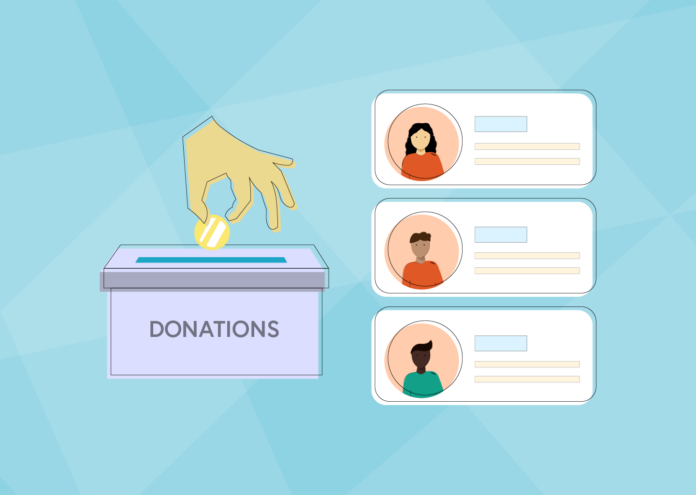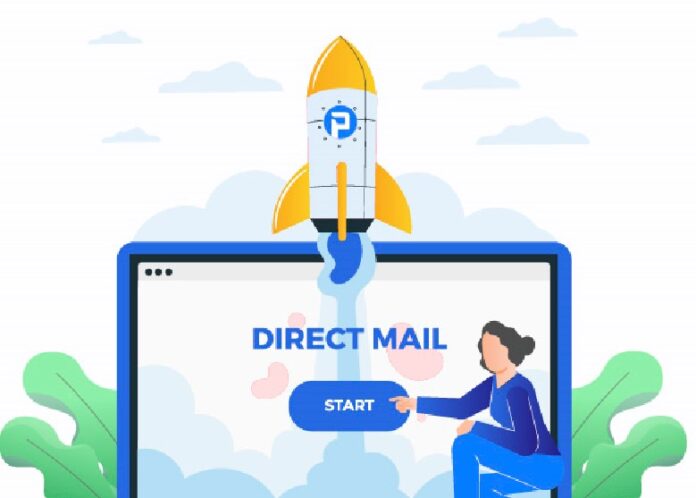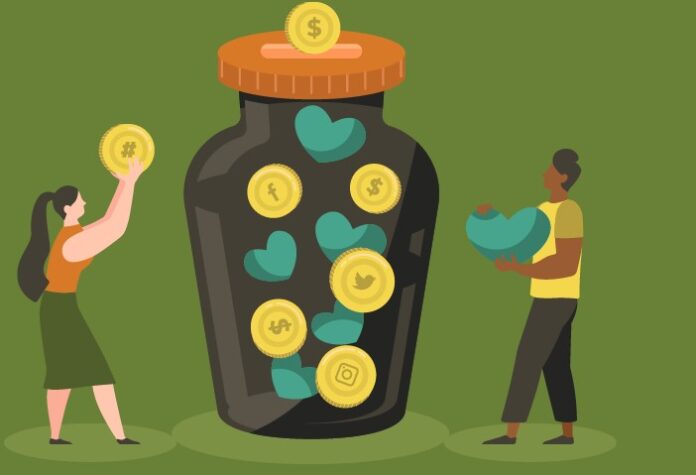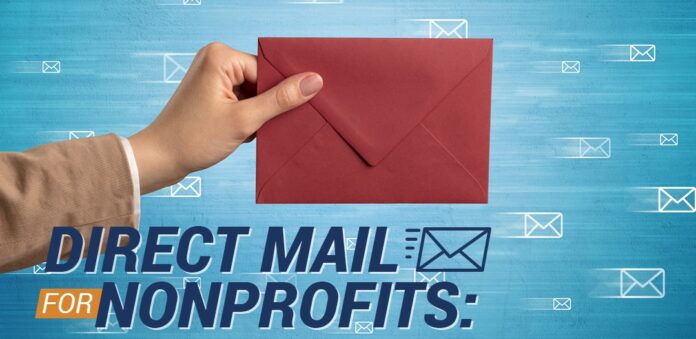Nonprofit organizations rely heavily on direct mail campaigns to reach out to their donors and supporters. Direct mail campaigns are one of the most effective ways for nonprofits to generate donations, raise awareness about their causes, and build strong relationships with their donors. However, direct mail campaigns can be time-consuming and expensive, especially if they are not streamlined and optimized for efficiency. Nonprofit organizations must strike a balance between efficiency and personal touch when running direct mail campaigns. This article explores how nonprofits can streamline their direct mail campaigns without compromising on the personal touch.
Start with a Comprehensive Donor Database

The success of any direct mail campaign depends on the quality of the donor database. Nonprofit organizations must invest time and resources in building a comprehensive donor database that includes up-to-date contact information, donation history, and other relevant data. This database should also be segmented based on factors such as donation history, interests, demographics, and geographic location. A well-maintained and segmented donor database can help nonprofits personalize their direct mail campaigns and improve their response rates. In addition, nonprofits should regularly update their database to ensure accuracy and relevance.
Automate Your Mail with a Personal Touch

Automating direct mail campaigns can be a game-changer for nonprofit organizations looking to streamline their fundraising efforts while still maintaining a personal touch. By utilizing automated software, nonprofits can segment their donor lists, personalize content, and schedule mailings in advance. This can save time and resources while still providing a personalized experience for donors. Automated direct mail campaigns can also include trigger-based communications, such as thank-you notes or follow-up messages based on donor behavior. Overall, automating nonprofit direct mail can increase efficiency and effectiveness in fundraising efforts while still delivering a personal touch.l
Segment Your Donors
Segmenting donors is a critical step in optimizing direct mail campaigns. Nonprofits should analyze their donor database to identify groups of donors with similar characteristics, such as giving history, interests, and demographics. By segmenting donors, nonprofits can send targeted messages that are more likely to resonate with each group of donors. This can increase the effectiveness of direct mail campaigns and improve the ROI. Nonprofits should also regularly review and adjust their segmentation strategy to ensure that it remains relevant and effective.
Use Personalized Messages
Personalization is key to the success of any direct mail campaign. Nonprofit organizations should use personalized messages that address donors by name and speak directly to their interests and motivations. In addition, nonprofits can use personalized content such as images, infographics, and stories to create a more engaging and emotional connection with their donors. Personalized messages can increase the likelihood of donations and improve the overall donor experience. Nonprofits should also continuously test and optimize their personalization strategy to ensure that it remains effective.
Automate the Process
Automation can save nonprofit organizations time and money when running direct mail campaigns. Using software to automate the printing and mailing process can free up staff time and reduce the risk of errors. Automation can also help nonprofits manage their donor database more efficiently and keep track of donor interactions. By automating the process, nonprofits can streamline their direct mail campaigns and focus more on donor engagement and relationship building.
Use Variable Data Printing
Variable data printing is a technology that allows nonprofits to personalize each piece of mail they send. Using variable data printing, nonprofits can include personalized messages, images, and other content that speaks directly to each donor. This can increase the effectiveness of direct mail campaigns and improve the donor experience. In addition, variable data printing can help nonprofits save money by reducing the amount of wasted printing and mailing costs.
Test and Optimize
Nonprofit organizations should continuously test and optimize their direct mail campaigns to improve their effectiveness. By testing different messages, formats, and designs, nonprofits can identify the most effective strategies for reaching out to their donors. This can help them improve their response rates, increase donations, and build stronger relationships with their donors. In addition, nonprofits should use data analytics to track and measure the success of their tests and adjust their campaigns accordingly.
Use Data Analytics
Data analytics can help nonprofits gain insights into their donors and optimize their direct mail campaigns. By analyzing data on donor behavior, nonprofits can identify trends, preferences, and opportunities for improvement. This can help them tailor their direct mail campaigns to specific groups of donors and improve their ROI. In addition, nonprofits can use data analytics to track the success of their campaigns and adjust their strategies based on real-time feedback.
Follow Up with Donors
Following up with donors after they make a donation is a critical step in building strong relationships. Nonprofit organizations should use direct mail to thank donors for their contributions and keep them informed about the impact of their donations. This can help nonprofits build trust and loyalty with their donors and encourage repeat donations. In addition, following up with donors can provide nonprofits with an opportunity to gather feedback and insights that can be used to improve future campaigns.
Incorporate Social Media and Online Giving

In today’s digital age, incorporating social media and online giving into direct mail campaigns is essential for nonprofit organizations. Nonprofits should include social media handles, hashtags, and QR codes in their mailings to encourage donors to share their experiences on social media and spread the word about the organization’s mission and impact. In addition, nonprofits can use social media to engage with donors in real time and build relationships beyond direct mail. Online giving options should also be provided to donors, making it easy for them to donate on the organization’s website or through a mobile app. This can increase the convenience of giving and encourage more donations.
Measure Your Success and Continuously Improve
Measuring the success of direct mail campaigns is critical to improving their effectiveness over time. Nonprofit organizations should track and analyze key metrics such as response rates, conversion rates, ROI, and cost per donation to understand the impact of their campaigns. This data can be used to optimize future campaigns and improve the overall donor experience. Nonprofits should also continuously improve their campaigns by regularly reviewing and adjusting their strategy based on data and feedback. This can help them stay relevant and effective in a constantly evolving fundraising landscape.









